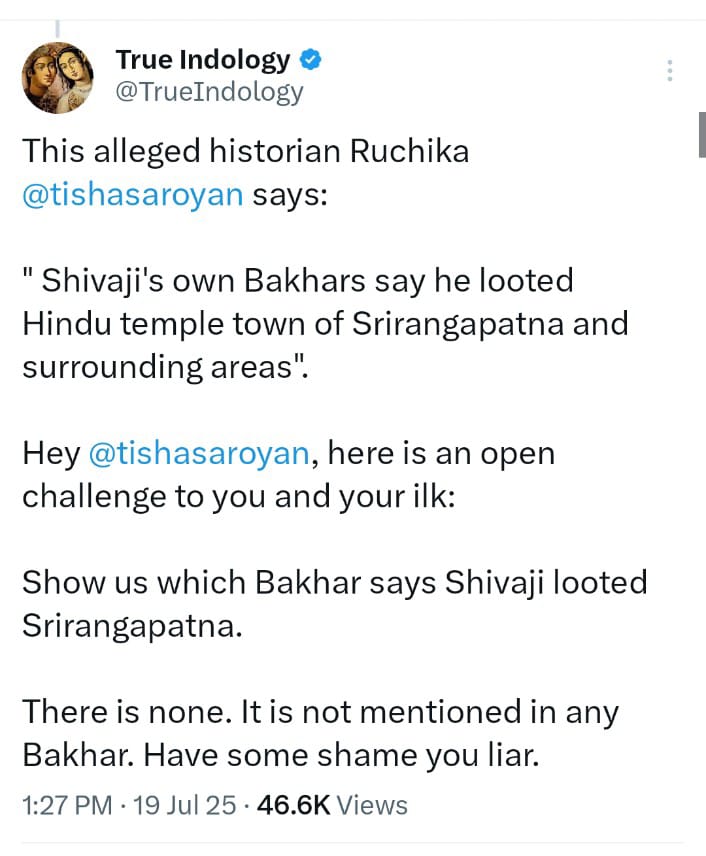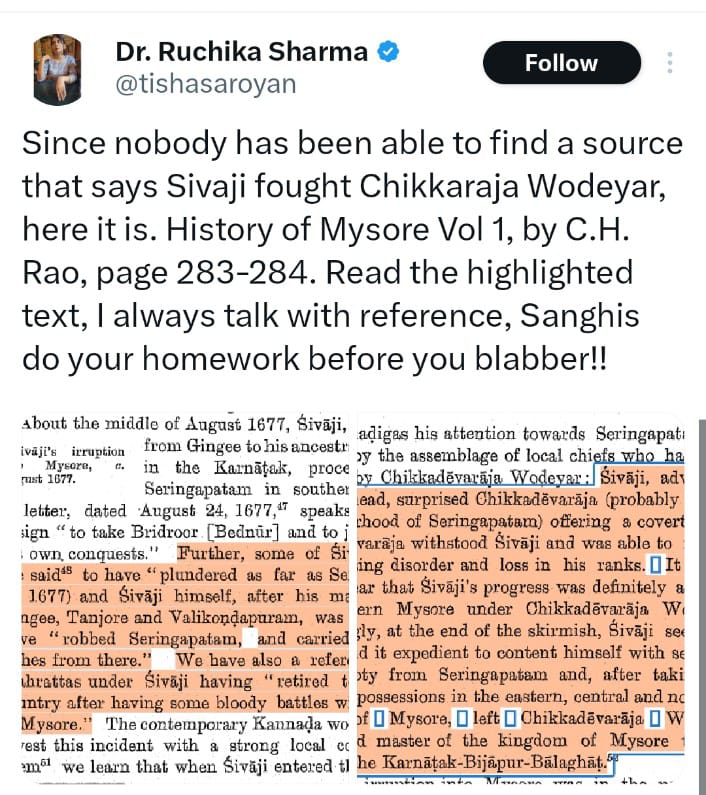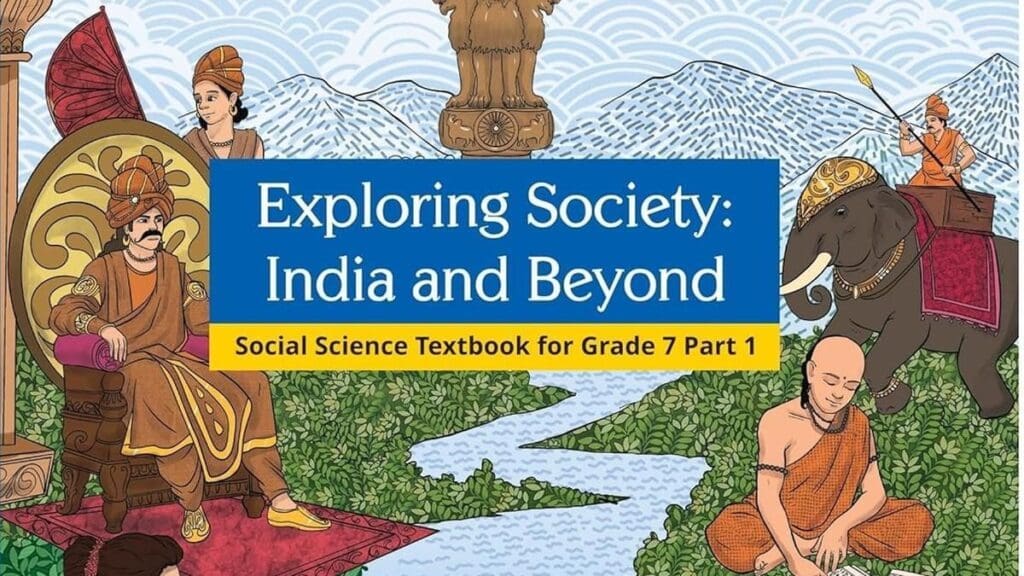The Kaveri Engine (Thread)
Why is manufacturing engine for fighter aircraft is most difficult engineering challenge, even harder than rocket engines?
Reasons behind failure of India's indigenous jet engine development project?
How did China succeed
Way forward for India
1/19
Why is manufacturing engine for fighter aircraft is most difficult engineering challenge, even harder than rocket engines?
Reasons behind failure of India's indigenous jet engine development project?
How did China succeed
Way forward for India
1/19

A jet engine is a marvel of engineering, generating thrust to propel fighter jets at supersonic speeds
It compresses air, mixes it with fuel, ignites it, and expels it at high velocity. Process demands precision and advanced tech, making it one of the toughest machines to build
It compresses air, mixes it with fuel, ignites it, and expels it at high velocity. Process demands precision and advanced tech, making it one of the toughest machines to build
Why is jet engine manufacturing hard?
It operates under extreme conditions- temperatures above 1500°C and high pressures.
Only a few countries have the know how: US, UK, France, Russia, and China.
Developing one takes decades, billions of dollars, and cutting-edge science.
It operates under extreme conditions- temperatures above 1500°C and high pressures.
Only a few countries have the know how: US, UK, France, Russia, and China.
Developing one takes decades, billions of dollars, and cutting-edge science.
US leads with companies like GE and Pratt & Whitney, producing engines like the F135 for the F-35.
France’s Safran makes the M88 for Rafale.
Russia’s AL-31 powers Su-30 jets.
UK’s Rolls-Royce builds the EJ200 for Eurofighter. China’s WS-15 is a recent success.
France’s Safran makes the M88 for Rafale.
Russia’s AL-31 powers Su-30 jets.
UK’s Rolls-Royce builds the EJ200 for Eurofighter. China’s WS-15 is a recent success.

Technical challenges are immense
Jet engines need materials that withstand extreme heat and stress, like nickel based superalloys.
These must be shaped into single crystal turbine blades, which are grown in precise conditions to avoid defects
Even a tiny flaw can cause failure.
Jet engines need materials that withstand extreme heat and stress, like nickel based superalloys.
These must be shaped into single crystal turbine blades, which are grown in precise conditions to avoid defects
Even a tiny flaw can cause failure.

Another hurdle is precision machining
Components like blisks (blade integrated disks) require micrometer accuracy
Advanced cooling systems, like micro channels in blades, are vital to manage heat
Thermal barrier coatings protect parts from melting, but developing them is complex
Components like blisks (blade integrated disks) require micrometer accuracy
Advanced cooling systems, like micro channels in blades, are vital to manage heat
Thermal barrier coatings protect parts from melting, but developing them is complex

Testing is a bottleneck.
Jet engines must endure thousands of hours in extreme conditions.
Specialized test rigs, like high-altitude simulators, are costly and rare.
Most countries lack these, forcing reliance on foreign facilities, which limits control and increases costs.
Jet engines must endure thousands of hours in extreme conditions.
Specialized test rigs, like high-altitude simulators, are costly and rare.
Most countries lack these, forcing reliance on foreign facilities, which limits control and increases costs.

India’s Kaveri engine project began in 1986, led by the Gas Turbine Research Establishment (GTRE) under DRDO.
The goal was to power the indigenous Tejas fighter jet with a homegrown engine.
It aimed for 81 kN thrust to meet modern combat needs, a bold ambition for India.
The goal was to power the indigenous Tejas fighter jet with a homegrown engine.
It aimed for 81 kN thrust to meet modern combat needs, a bold ambition for India.

India invested heavily in Kaveri, allocating over ₹2,800 crore by 2011
GTRE built prototypes and conducted ground tests.
Lacking advanced test facilities, India sent Kaveri engines to Russia for high-altitude testing. Collaboration with France’s Snecma was sought for expertise
GTRE built prototypes and conducted ground tests.
Lacking advanced test facilities, India sent Kaveri engines to Russia for high-altitude testing. Collaboration with France’s Snecma was sought for expertise

Despite efforts, Kaveri failed to meet expectations.
The engine was underpowered, delivering only 70-75 kN thrust instead of 81 kN.
It was heavier than planned, impacting Tejas’ performance. Overheating and design flaws persisted, making it unsuitable for combat aircraft.
The engine was underpowered, delivering only 70-75 kN thrust instead of 81 kN.
It was heavier than planned, impacting Tejas’ performance. Overheating and design flaws persisted, making it unsuitable for combat aircraft.
Why did Kaveri fail?
India lacked expertise in advanced metallurgy and precision manufacturing
Funding was inconsistent (most imp), skilled manpower was limited
Geopolitical barriers restricted access to critical tech, unlike countries with established aerospace ecosystems
India lacked expertise in advanced metallurgy and precision manufacturing
Funding was inconsistent (most imp), skilled manpower was limited
Geopolitical barriers restricted access to critical tech, unlike countries with established aerospace ecosystems
China’s success with jet engines, like the WS-15 for J-20 fighters, contrasts with India’s struggles.
China invested billions over decades, building massive R&D facilities.
They reverse engineered Russian AL-31 engines, gaining insights into design and materials.
China invested billions over decades, building massive R&D facilities.
They reverse engineered Russian AL-31 engines, gaining insights into design and materials.

China also prioritized talent development, training thousands of engineers.
State-backed firms like AVIC drove progress.
India, however, faced delays due to bureaucratic hurdles and limited private sector involvement, which slowed Kaveri’s development and innovation.
State-backed firms like AVIC drove progress.
India, however, faced delays due to bureaucratic hurdles and limited private sector involvement, which slowed Kaveri’s development and innovation.
How can India succeed in jet engine development?
First, invest in R&D for high-temperature materials like superalloys and ceramics.
Establish dedicated test facilities, like high-altitude chambers, to reduce reliance on foreign infrastructure and speed up iterations.
First, invest in R&D for high-temperature materials like superalloys and ceramics.
Establish dedicated test facilities, like high-altitude chambers, to reduce reliance on foreign infrastructure and speed up iterations.
Consistent funding and a skilled workforce are critical.
India must train engineers in aerospace disciplines and streamline DRDO’s processes.
Learning from Kaveri’s setbacks, underestimating complexity and test needs, will guide future projects toward self-reliance.
India must train engineers in aerospace disciplines and streamline DRDO’s processes.
Learning from Kaveri’s setbacks, underestimating complexity and test needs, will guide future projects toward self-reliance.
The Kaveri engine’s future is pivoting to non-combat roles.
A “dry” version, producing 49-51 kN thrust, is being developed for unmanned aerial vehicles (UAVs) like the Ghatak stealth drone.
Successful ground tests suggest it could be certified by 2026.
A “dry” version, producing 49-51 kN thrust, is being developed for unmanned aerial vehicles (UAVs) like the Ghatak stealth drone.
Successful ground tests suggest it could be certified by 2026.
For fighter jets, India is focusing on co-development.
The Safran partnership aims to create a new engine for the Advanced Medium Combat Aircraft (AMCA).
With 110 kN thrust, it could power India’s 5th-gen fighters, reducing dependence on imports like the GE F414.
The Safran partnership aims to create a new engine for the Advanced Medium Combat Aircraft (AMCA).
With 110 kN thrust, it could power India’s 5th-gen fighters, reducing dependence on imports like the GE F414.

The road ahead is tough but promising
India’s aerospace ambitions hinge on sustained investment, global collaboration, and learning from past mistakes.
Kaveri’s legacy, though challenging, is paving the way for future breakthroughs in India’s jet engine journey.
19/19
India’s aerospace ambitions hinge on sustained investment, global collaboration, and learning from past mistakes.
Kaveri’s legacy, though challenging, is paving the way for future breakthroughs in India’s jet engine journey.
19/19

• • •
Missing some Tweet in this thread? You can try to
force a refresh













